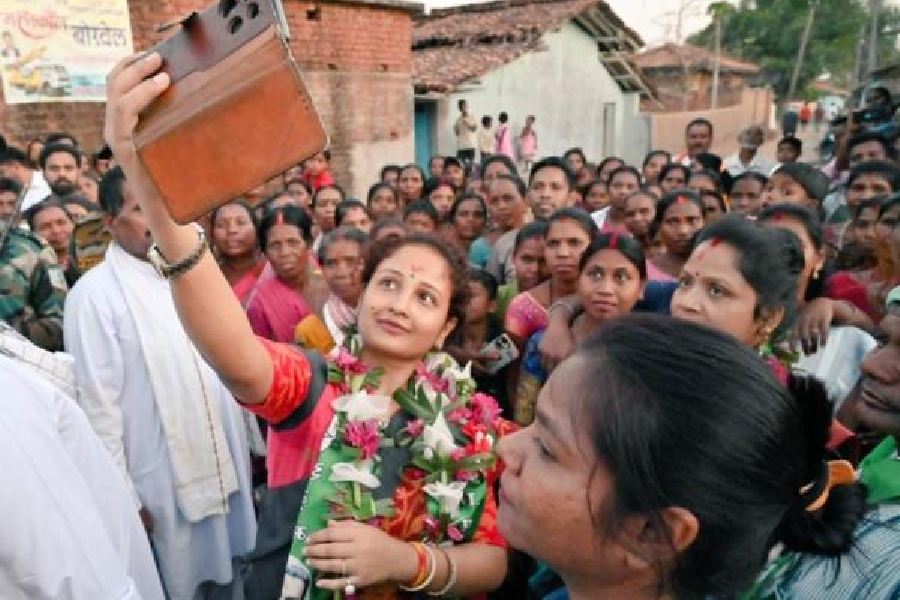The world is on the verge of entering an era where the walking-talking teacher in the classroom will be replaced by a robot, which can process information and organise ideas much faster and more accurately than any human being. There are many reasons for this prediction. The ability to teach online from remote locations has attuned learners to see the instructor only as a virtual image on a screen. The powers that control the industry of education are increasingly pushing institutions to bring a uniformity in instruction pedagogy and evaluation methods, leaving little scope for classroom experimentations. Finally, the technology of robotics makes teaching through machines possible. No higher educational institution feels existentially secure unless it pays money to get some form of recognition from an accreditation agency. Every detail to be taught, in every class session, has to be planned and aligned with pre-determined course objectives and programme objectives. All other activities related to teaching and evaluation are rigidly streamlined so as to provide the ‘assurance of learning’.
There are a number of forces that have created this straitjacket for classroom teaching. The explosion of higher education as a mass-produced, marketable commodity has necessitated pervasive controls. There are excellent institutions of higher learning followed by extremely poor institutions that do not provide any learning worthy of mention. Hence, regulators are needed. As all regulators do, they force the regulated entities to become clones of one another. The model for cloning is often constructed at a level of mediocrity since the fear is that not all institutions can be brought up to a desired standard. The best institutions are made to converge to the worst. The additional paperwork required for the regulator to check compliance to the prescribed norms needs quite a bit of extra effort from teachers. This takes time away from teaching and research. The regulators of higher education are also becoming increasingly focused on research. Research, or the production of knowledge, is supposed to be far more important than teaching. Pure teaching institutions are considered to be at the bottom of the pile. On the other hand, pure research institutions are considered ‘five star’ in terms of human and financial resources. The compulsion to focus on research allows teaching to be considered secondary by young faculty members. The bulk of the research produced for survival — for tenure and for promotions — is of poor quality and socially irrelevant. It is a paper chase in an absurd numbers game.
In my four decades of teaching experience, I had seen the beginnings of the changes described above. I found that compared to the decades of the Seventies and Eighties, fewer and fewer of the really first-rate students want to pursue academics. Yet, teaching as a profession is much better paid now compared to the past, both in absolute amounts as well as relative to other occupations. Academic pursuits are no longer considered attractive. During my own student days, I had the fortune of being taught by some outstanding teachers. Indeed, most of my peers who pursued academics had been inspired by their teachers. Not all were great researchers, but most were able to instil ideas for research in the students they taught, to think beyond the textbook. This set of outstanding teachers was excellent in quite different ways. There was no set model of a great teacher.
One aspect of great teaching is to be able to make the weakest in the class understand the basics of what is being discussed, while stimulating the best to know more about the topic. This requires great mastery over the subject and lucidity in communicating to students over a wide spectrum of receptivity. Another aspect I had noticed was the ability to relate abstract ideas to issues in everyday life, through relatable examples and through references from seemingly unrelated subjects. One teacher became a role model for me because he had a relentless way of probing a problem deeper and deeper. He would keep on asking ‘why’ after every answer we could think of. At the point of our exasperation, he would reveal an explanation that none of us had been able to anticipate.
Great teachers came in all types of personalities too. I have had teachers who exuded a great deal of confidence in dealing with classroom mischief with a fine sense of humour and a wry wit. I remember another teacher who had the rare ability to teach extremely complicated and difficult topics in an extremely lucid manner, where arguably the worst student in the class would be able to grasp the topic. Yet another teacher taught things that were not part of any published material or textbook, at least not in the way the subject was presented. There were funny instances of great teachers too. One teacher would often, after proving a theorem rigorously on the chalkboard, ask the class how they would make the janitor understand the logic without using the mathematics. Another famous teacher would have a remarkably succinct response to questions asked: he would either respond by saying ‘interesting’ or else he would say ‘I don’t know’. Then he would continue to lecture. We later learnt from seniors that the first response meant it was a good question and the student should go to his office and discuss the matter in greater detail. He did not want other students to benefit from the answer without the consent of the questioner. The latter response meant that the question was silly and not worth pursuing.
A great teacher must know the subject really well, have depth enough to raise researchable questions, should demonstrate being passionate about the subject and, of course, have great communication skills that can create rapport in the classroom. One iconic teacher who I never had the occasion to meet in the classroom had described teaching as a performance in front of a live audience with a dynamic script. It was having the ability to keep creating without going beyond the grammar of the subject, like a musician expounding on a raga.
Technology is breaking boundaries as far as access to academic learning is concerned. Classroom teaching is being mechanised to a remarkable extent where even if human teachers existed, their ability to be creative would be stifled. The classroom as an institution of higher learning is on its way to oblivion. What is also disappearing is the profession of teachers who helped students ‘learn how to learn’. Large amounts of data are eroding the skill to think and analyse. Higher learning is now about mechanically learning to use the tools of any subject. In all these disruptions, the usefulness of asking questions and doubting things is being lost. The student believes what is taught as truth — from history to economics to biology. Controlling the classroom content facilitates influence over the minds of a whole generation of learners. It is the era of the eclipse of the classroom and the creative master of its universe.
Anup Sinha is former Professor of Economics, IIM Calcutta










